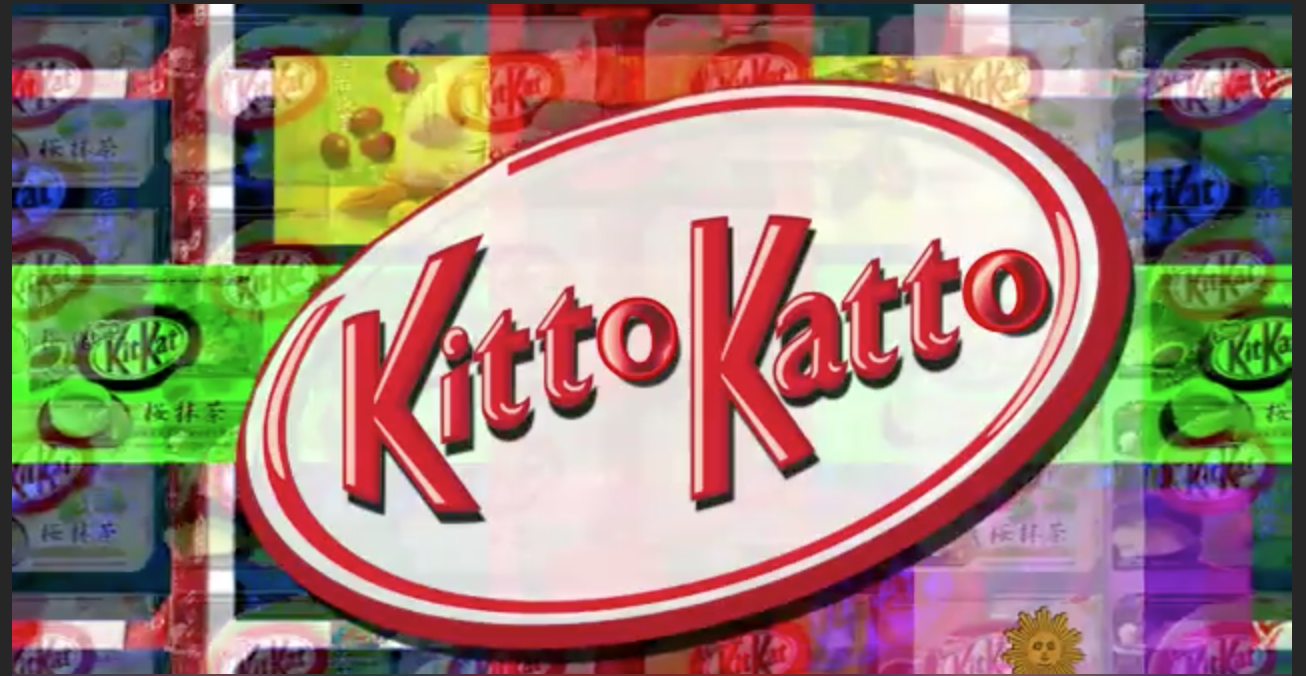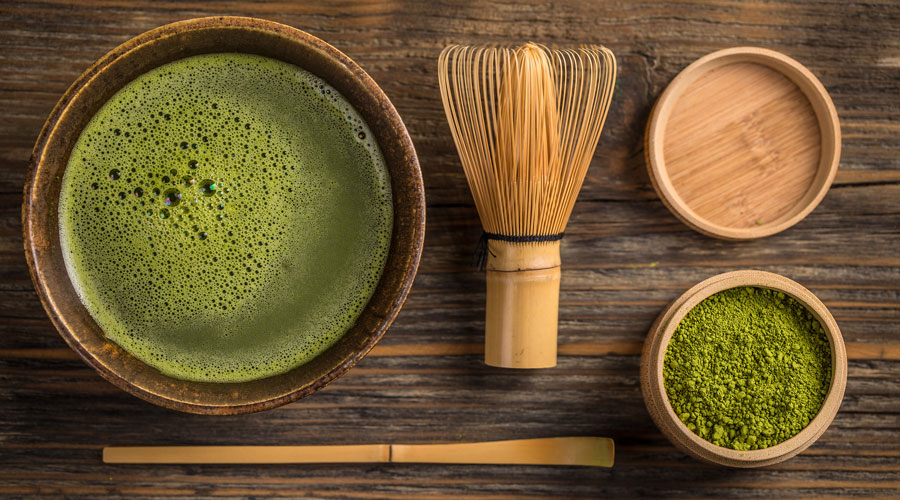
The Art of Tea
The Japanese tea ceremony, or “chanoyu” in Japanese, is a ritual of intention and quiet reflection. For tea masters, it’s an art form requiring years of study. A traditional chanoyu gathers around the artful preparation, presentation and enjoyment of matcha green tea. It’s also a time to connect to the present and appreciate the company of one’s host or guests.
While tea has ancient origins, the Japanese tea ceremony in its current form dates back to the 16th century, when it was elevated to pure art by Sen no Rikyū. Widely revered as the greatest tea master of all time, Rikyū’s approach is called wabi-cha, the notion of finding beauty in the simple and imperfect.
Rikyū pioneered a democratic quality to the ceremony. He made the tea room smaller so guests would sit close together regardless of social class. One of his greatest contributions was the nijiri guchi, the tiny doorway of a tea house. Its low height requires one to bow his or her head to enter, thus making a humble entrance.
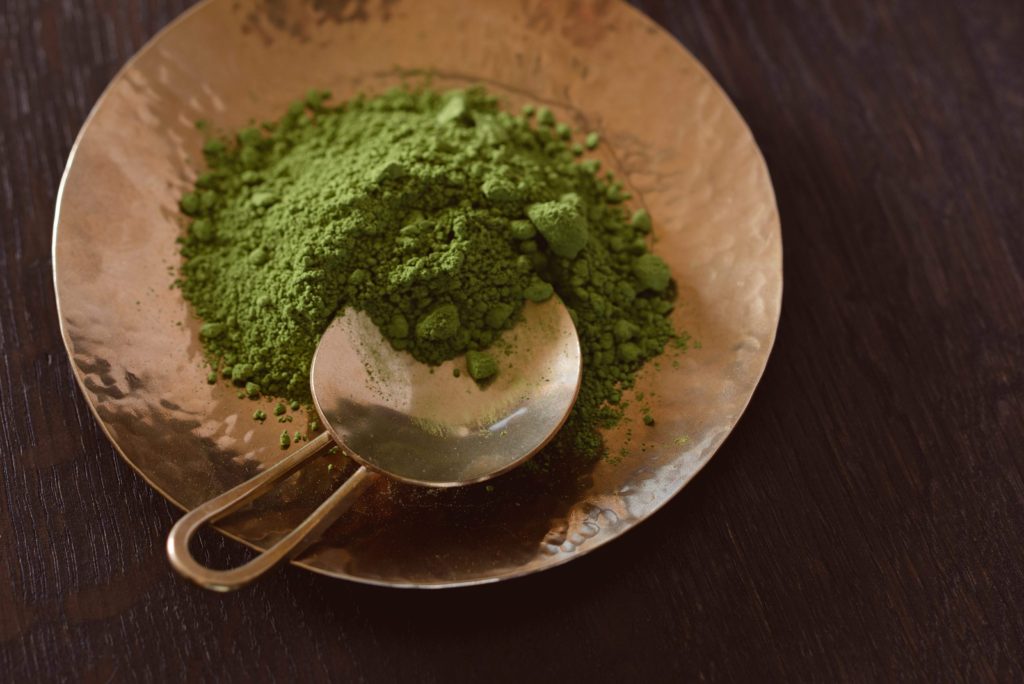
Japanese Tea Ceremony 101
A traditional Japanese tea ceremony is an intricate affair with preparations beginning weeks in advance. However, you can create your own Japanese tea ceremony – and enjoy its meditative qualities – at home.
You Will Need:
- Ceremonial-grade matcha
- Matcha whisk (chasen)
- Kettle (chagama)
- Tea bowl (chawan)
- Soft cloth
Optional:
- Tea scoop (chashaku)
- Sweets (wagashi)
- Rinse bowl for water (kensui)

Set an Intention
Before you begin, close your eyes and take a moment to check in with yourself. Release any material thoughts or stresses and set an intention for the ceremony.
Find a quiet, tranquil place in your home, and tidy the room in which your ceremony will take place. Make sure you have a comfortable place to sit and a solid table or surface to work on. Then arrange your utensils and supplies.
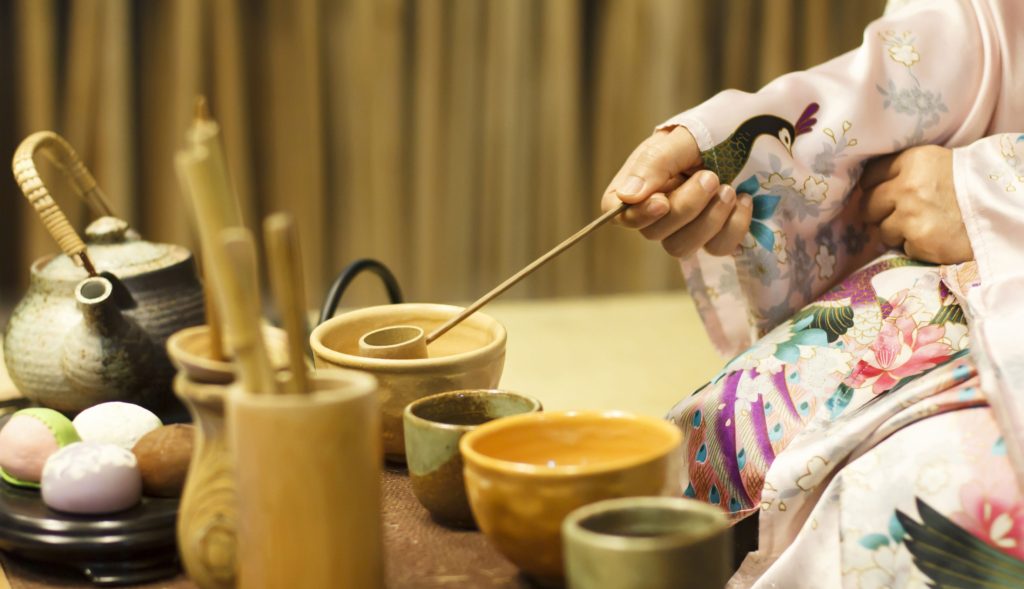
Purify
Wash your hands as a symbol of purifying yourself. Then, take the cloth and gently clean each utensil. It’s best to do this with silk, but you can use any soft cloth.
Fill the tea bowl 1/3 full with hot water. Place the whisk in the hot water face down. This warms the tea bowl and whisk. Discard the hot water into your rinse bowl. Use the cloth to dry the tea bowl and whisk.
Enjoy Wagashi
If you’ve chosen to incorporate traditional Japanese confections – called wagashi – into your ceremony, you may enjoy them once your utensils are purified. The sweet flavor of the delicate snacks creates balance and harmony with the bitterness of tea.
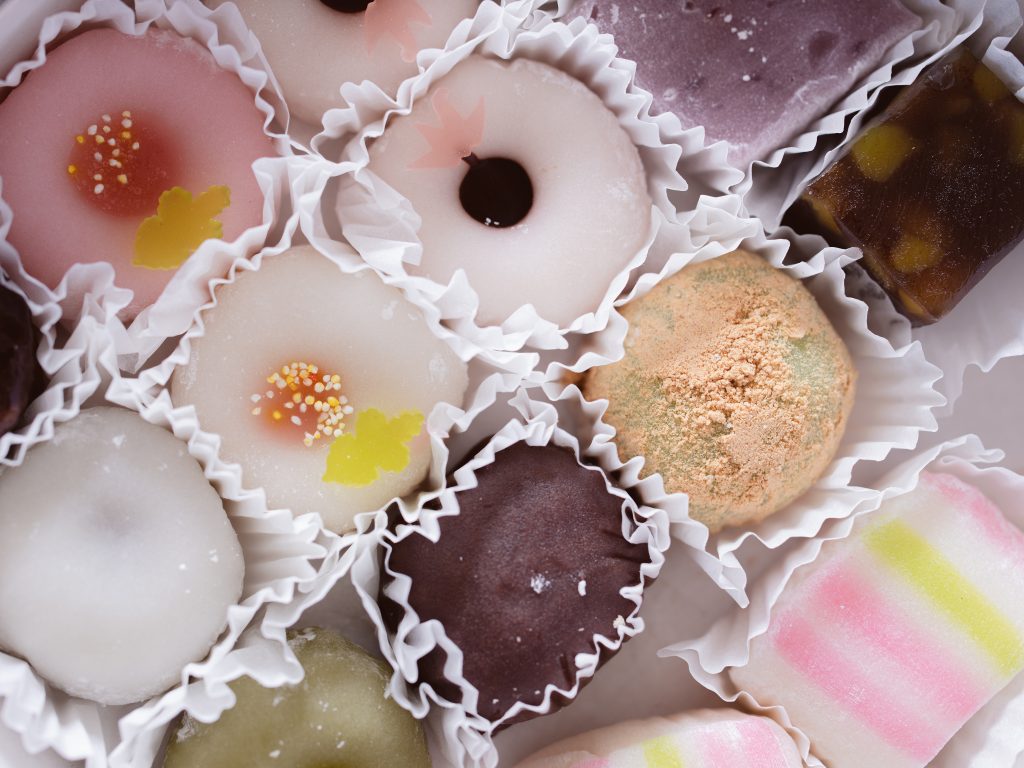
Prepare Koicha
Next, you will prepare koicha, a thick form of matcha. Add three scoops of matcha to the tea bowl. Use the scoop to lightly smooth out the powder and tap it twice on the edge of the tea bowl to remove any excess matcha.
Add hot (but not boiling) water. Thick matcha is prepared with a three-to-one ratio of matcha to water. This is approximately two tablespoons of water if using a standard matcha tea scoop.
Whisk the water and matcha together in a slow, circular motion until the matcha is thick and creamy and all powder is dissolved.
Drink
Place the bowl in your left palm. Use your right hand to hold the side of the bowl and rotate it 2.5 times counter-clockwise. Take in the beauty of the tea bowl. Notice the contrast of the colorful matcha. This is a moment for pause and reflection.
Drink and enjoy.
When finished, wash the bowl and whisk. Dry with your cloth.
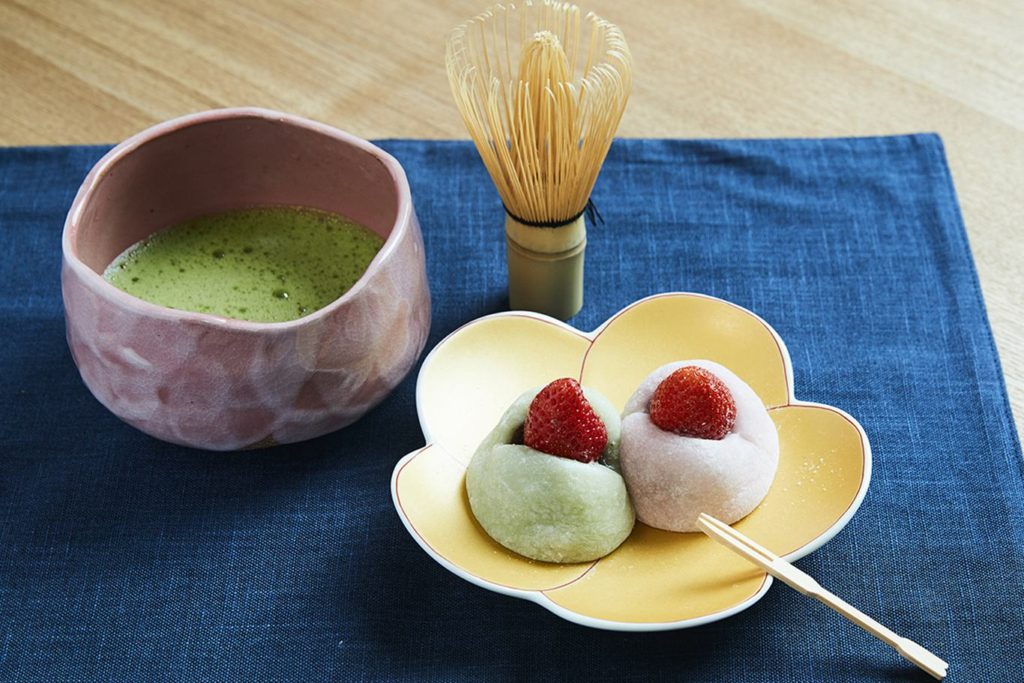
Prepare Usucha
Following the thick matcha, it’s time to prepare usucha, a sweeter and thinner form of matcha. Thin matcha is prepared with a one-to-one ratio of matcha to water. It is frothier and less creamy than thick matcha. Repeat the same preparation process, but with two scoops of matcha and 4.5 tablespoons of water. Whisk in a fast “w” motion with your wrist until the matcha is frothy and has tiny bubbles.
Drink and enjoy.
Clean Your Tools
After you have enjoyed your tea and thoroughly steeped in the present moment, it’s time to clean and rinse all your tea utensils. Gather your tools and put them back in their places for your next ceremony.
Slowly bow and thank yourself for taking the time to do this. Acknowledge the intention that you set at the beginning of the ceremony. Remember, your tea ceremony is a personal experience — enjoy it with the tools and traditions that spark joy for you.




